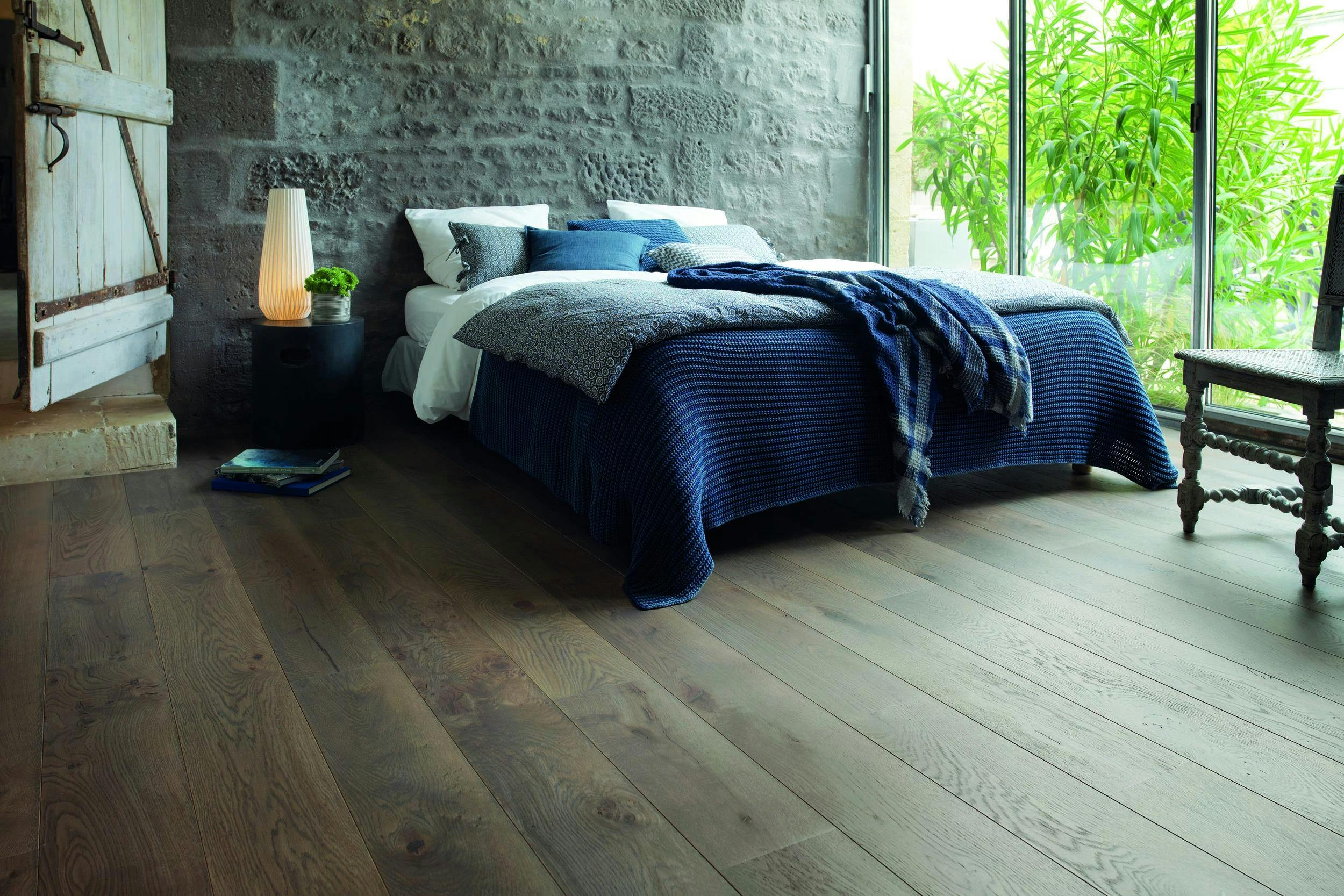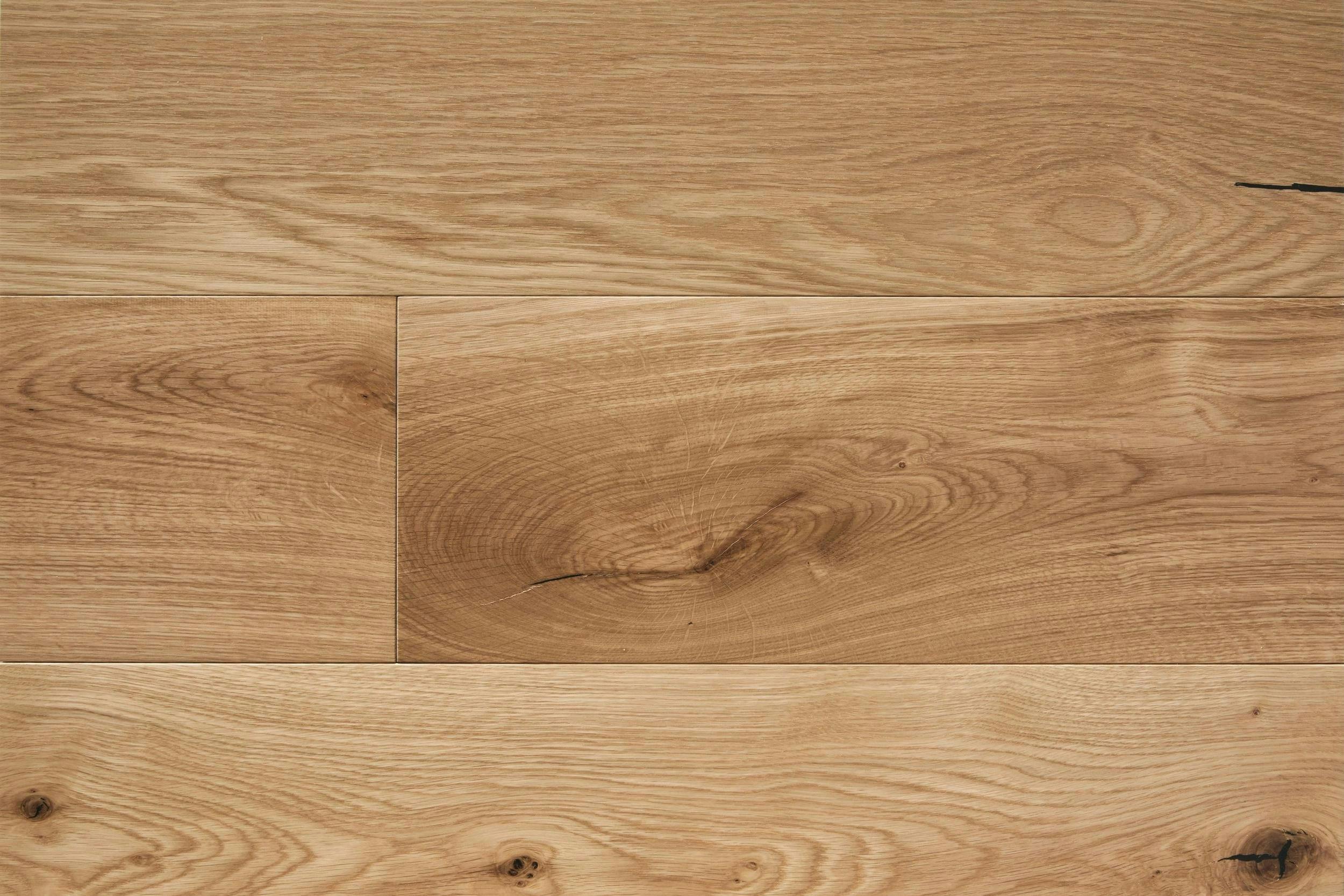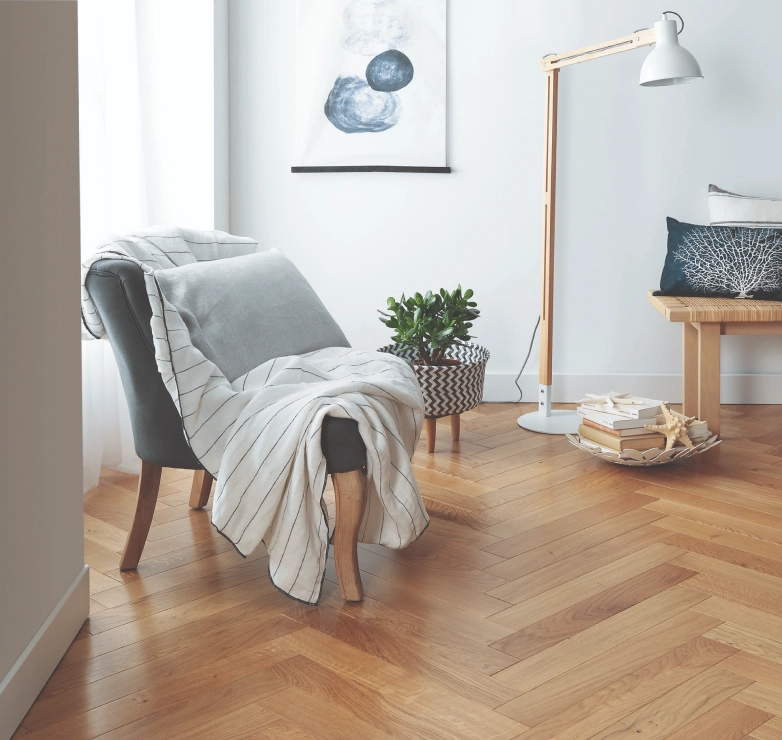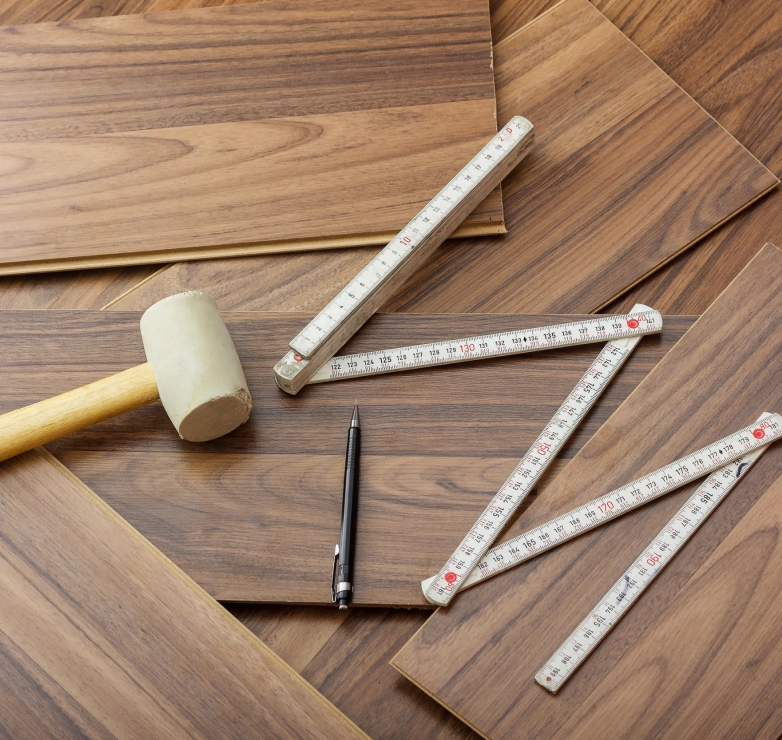Often, the most exciting part of moving into your forever home is the renovating and decorating process; scrolling through Pinterest on your lunch breaks, spending your weekends in showrooms and creating your dream, family home.
However, it also comes with its own set of difficulties and challenges, especially if you are not quite the interior design expert.
Choosing the perfect wood flooring for your home is one of those tougher tasks. The flooring is usually the first thing you see when you walk into a room and it can make or break the finished look.
The sheer pressure of making the right choice alone can be enough to push you over the edge, but coupled with the fact that there are so many options and things that need to be taken into consideration when making this decision, and you have a recipe for endless sleepless nights.
If you’ve found yourself in that situation, then this is the best place to start when making a decision on what type, colour and style of wood flooring is not only the best choice for aesthetic reasons, but the most practical too.





